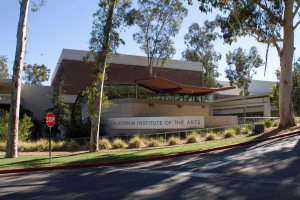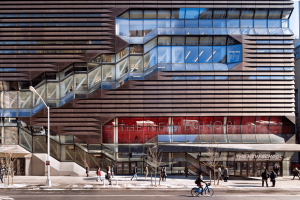
Table of Contents

Fine arts colleges are educational institutions that offer degree programs in various forms of art, including visual arts, performing arts, art history, and design. These schools provide students with the opportunity to develop their artistic skills, gain knowledge and experience in various areas of the arts, and prepare for careers in the arts.
In this article, we will explore the importance of studying fine arts, how to choose a fine arts college, top fine arts colleges in the US, and popular fine arts programs and specializations.
A college of fine arts is a unique institution that provides students with a comprehensive education in the visual and performing arts. These colleges offer degree programs that focus on a wide range of artistic disciplines, such as painting, drawing, sculpture, printmaking, photography, digital art, animation, film, music, theater, and art history.
The curriculum in a college of fine arts is designed to help students develop a broad understanding of the arts while also allowing them to specialize in their area of interest. In their first year of study, students typically take courses that provide a foundation in the visual and performing arts, such as art history, drawing, and basic design. As they progress through their degree program, students have the opportunity to take more advanced courses in their chosen field of study.
Along with studio courses, students in a college of fine arts also take courses in art theory and criticism, which help students develop a critical perspective on their own work and the work of others, as well as an understanding of the historical and cultural contexts in which art is produced. By studying the theory and criticism of art, students learn to analyze and evaluate art, which is an important skill for any artist or arts professional.
The United States boasts some of the most renowned fine arts colleges in the world that provide students with rigorous academic programs, state-of-the-art facilities, and the opportunity to study alongside other passionate and talented artists. Some of the most accomplished artists in the country have emerged from these fine arts colleges, making them a top choice for aspiring artists looking to launch their careers.







240 Charles E Young Dr N, Los Angeles, CA 90095








325 N Harrison St #201, Richmond, VA 23284






Painting has a long history within the fine arts, dating back to prehistoric times. Today, it remains a popular specialization among fine arts students. Painting involves the application of paint, pigments, or other coloring agents to a surface, such as canvas, paper, or wood. It is a highly expressive medium that allows artists to create visual narratives and explore a wide range of styles and techniques. Paintings can be representational, meaning they depict recognizable objects or scenes, or they can be abstract, meaning they are non-representational and instead focus on color, form, and texture.
Drawing is another primary area of specialization in fine art. It involves the use of pencils, charcoal, pastels, ink, and other tools to create 2-dimensional images on paper or other surfaces. The techniques used in drawing can vary widely depending on the artist’s preference and the intended outcome of the work. Some artists may focus on realistic depictions of people, animals, or landscapes, while others may use abstract or surrealistic styles to convey their ideas.
There are also many different types of drawing, each with its own techniques and purposes. Life drawing, for example, involves sketching the human form from a live model and is commonly used in academic settings to develop an artist’s understanding of anatomy and proportion. Illustration is another type of drawing that is often used in commercial contexts, such as advertising or book covers
Digital art and animation are two related fields of study within the umbrella term of Fine Art. Digital art involves the creation of visual art using digital technology such as computers, tablets, and other digital devices. This can include digital painting and drawing, graphic design, 3D modeling, and more. Animation, on the other hand, is the process of creating moving images using a series of sequential drawings or digital frames. This can include traditional hand-drawn animation, stop-motion animation, or computer-generated animation.
In both digital art and animation, students learn the technical skills needed to create and manipulate digital images and animations, as well as the artistic principles of composition, color theory, and storytelling.

The Art Career Project is a trusted resource for emerging and professional artists.